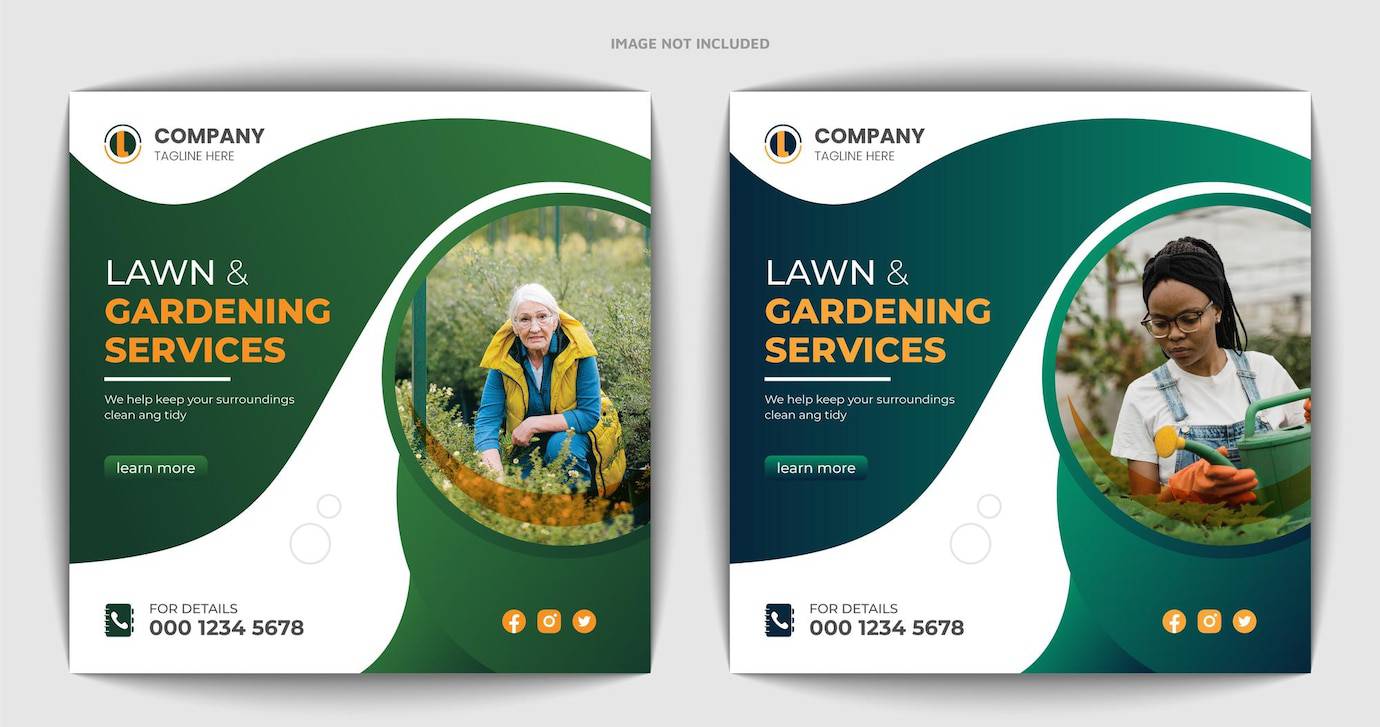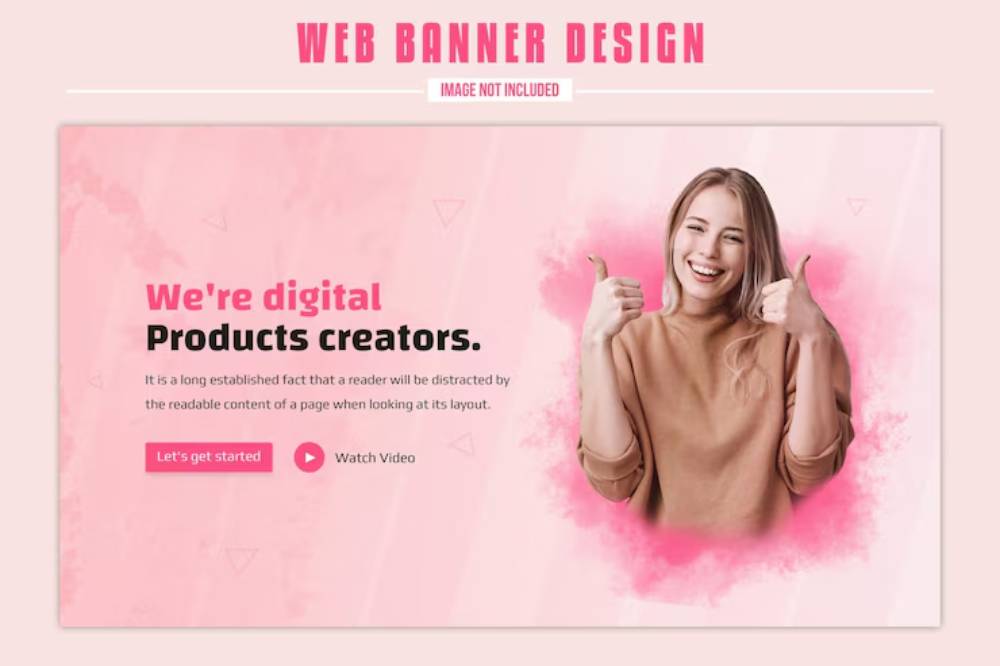
Creating and Selling Digital Templates: A Lucrative Business Model
Templates make life easier. They save time, improve results, and give people a head start.
Today, more users search for ready-to-use designs and tools than ever before. Starting a digital templates business is a quick and profitable way to make money online.
Designing social media graphics, planners, CVs, or presentations? Selling templates online can bring you real, scalable income.
This guide helps you create, sell, and grow in template marketplaces.
Why Selling Templates Is a Smart Business Move
Templates are in high demand because they offer:
- Speed: Users avoid starting from scratch
- Simplicity: Easy-to-use resources fit busy lives
- Style: Professional designs even for beginners
- Savings: Templates are cheaper than custom design work
For creators, templates offer:
- Passive income after creation
- Low overhead and startup costs
- Flexible work from anywhere
- Huge potential audiences globally
The market keeps growing — and now is the perfect time to start.
Choose Your Template Niche

First, decide what type of templates you want to create.
Popular niches include:
- Canva templates for Instagram, LinkedIn, or Pinterest
- Resume and CV templates for job seekers
- Business plan templates for startups
- Wedding planners and event organisers
- Printable journals, trackers, and planners
- PowerPoint or Keynote presentation slides
- Website or e-commerce store templates (Shopify, WordPress)
Focus on an area where people need speed, style, and simplicity.
Understand Your Ideal Customer
Who will buy your templates?
Questions to define your audience:
- Are they business owners, students, event planners, or creatives?
- What problems are they trying to solve?
- What style or tone will appeal to them (professional, fun, minimalist)?
- How much are they willing to pay for convenience?
Design with your specific customer in mind — not for everyone.
Create High-Quality Templates
Quality matters. Templates must be useful, attractive, and easy to customise.
Best practices for template design:
- Use clean, modern layouts
- Make text easy to read and adjust
- Group similar elements together logically
- Include editable colours, fonts, and graphics
- Offer clear instructions or guides for users
Test your templates by asking real people to customise them easily.
Choose the Right Tools to Build Your Templates

The best tool depends on your niche.
Popular tools include:
- Canva: Perfect for social media, resumes, planners
- Adobe Illustrator / Photoshop: Best for advanced graphics
- Google Docs / Google Slides: Great for resumes, planners, checklists
- Microsoft PowerPoint: Ideal for presentations
- Figma: Useful for website, app, and UI/UX templates
Create templates using tools your audience already feels comfortable using.
Price Your Templates Strategically
Pricing affects your success heavily.
Common pricing models:
- Single-use template: £5–£30
- Bundled sets (e.g., 10 templates): £20–£100
- Extended or commercial licences: Higher rates for business use
Pricing tips:
- Start low to attract early buyers
- Increase prices as you gain reviews and reputation
- Offer bundles to boost perceived value
Clear pricing builds trust and drives sales.
Sell Your Templates on the Right Marketplaces
Choosing where to sell matters.
Top template marketplaces include:
- Etsy: Great for printables, planners, and digital downloads
- Creative Market: Ideal for design assets and premium templates
- Gumroad: Perfect for self-hosted sales with no marketplace fees
- Design Bundles: Good for crafters, designers, and small businesses
- Envato Elements: Subscription model (get paid for downloads)
- TemplateMonster: Focused on website and presentation templates
Each platform has its strengths. You can sell on multiple marketplaces or focus on one main hub.
Create Your Own Online Store (Optional)
Building your own store offers full control over branding and profits.
Simple options include:
- Shopify
- WooCommerce (WordPress)
- Payhip (free starter option)
Your own store can create long-term brand value. However, it needs solid marketing to attract customers.
Optimise Your Listings for Search
Strong listings make or break selling templates online.
Must-haves for good listings:
- A clear, keyword-rich title (e.g., “Modern Resume Template for Job Seekers”)
- A helpful, honest description explaining features and benefits
- High-quality preview images showing the template in use
- Clear licence information (personal use, commercial use)
Optimise listings for marketplace search engines — and real people.
Promote Your Templates
Selling well requires marketing effort.
Top ways to promote your templates:
- Share on Pinterest (huge for visual products)
- Post previews on Instagram and LinkedIn
- Write blog posts about using your templates
- Offer free sample templates in exchange for email sign-ups
- Run simple ads on Facebook, Pinterest, or Google
Consistency builds audience trust — and more sales over time.
Build a Brand Around Your Templates

A strong brand helps you sell more — and charge more.
Simple branding tips:
- Choose a clear business name and logo
- Use a consistent colour palette and tone
- Create a simple website or landing page
- Build an email list for future promotions
Branding makes your templates feel professional and trustworthy.
Common Mistakes to Avoid When Selling Templates
- Copying others’ designs without adding value
- Using low-quality fonts, images, or layouts
- Making templates too complicated to edit
- Pricing too high without clear justification
- Ignoring customer feedback and reviews
Listen to your buyers. Improve your products constantly.
Quick Checklist Before Listing Your First Template
- Is your design clean, modern, and easy to edit?
- Have you created strong preview images?
- Is your description clear and benefits-focused?
- Have you set simple, fair pricing?
- Is your licence information clear and easy to understand?
- Have you tested the user experience yourself?
Check these boxes before you hit publish.
How to Keep Growing Your Digital Templates Business
Expand Your Product Line
Create matching sets or bundles to increase order value.
Update Your Templates
Refresh templates yearly to match new trends and keep products evergreen.
Launch Seasonal or Trending Templates
Offer holiday planners, goal trackers, or industry-specific templates for peak seasons.
Build a Community
Create a private Facebook group or Discord server for buyers and fans.
Collect and Use Testimonials
Good reviews drive new sales faster than any ad.
Start Simple, Grow Smart
Starting a digital templates business is a smart move in today’s creator economy.
By selling templates online, either on marketplaces or in your own store, you make assets that earn money time and again.
Focus on helping users save time, look professional, and feel confident. Good templates solve real problems — and real solutions sell.
Create. Launch. Improve. Grow.


